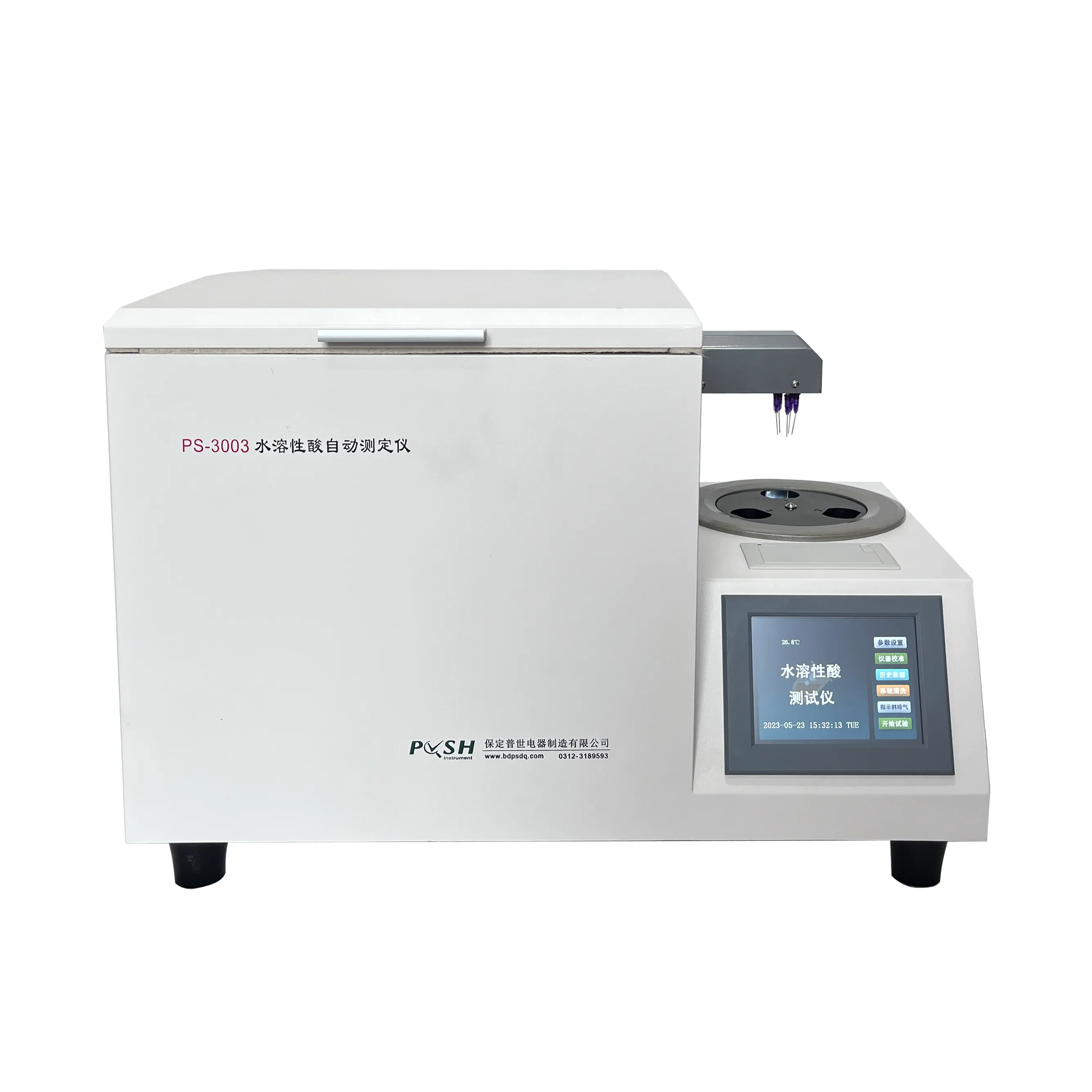 English
English


Testing Techniques for Multimeter and Transformer Efficiency Analysis
Understanding Multimeter Transformer Testing
Transformers are critical components in electrical systems, playing an essential role in voltage regulation and energy distribution. To ensure their reliability and efficiency, regular testing is paramount. One of the most effective ways to perform such assessments is through multimeter transformer testing. This process leverages a multimeter—a versatile instrument used to measure voltage, current, and resistance—to evaluate the functional integrity of transformers.
The Importance of Transformer Testing
Transformers experience wear and tear due to constant operation and environmental factors. Issues such as insulation breakdown, short circuits, or winding problems can arise if transformers are not regularly assessed. Consequently, testing transformers helps in identifying these issues early, mitigating the risk of catastrophic failures, and extending the transformer's lifespan. Proper maintenance and testing can also enhance operational efficiency, reduce downtime, and save costs in replacement and repair.
The Role of the Multimeter
A multimeter, often referred to as a volt/ohm meter, is a device that can measure multiple electrical properties. In the context of transformer testing, it is primarily used to measure voltage, resistance, and continuity. There are two types of multimeters commonly used analog and digital. While both can perform essential measurement tasks, digital multimeters (DMMs) are often preferred for their precision and ease of use.
Steps for Multimeter Transformer Testing
multimeter transformer test

1. Preparation Before beginning any testing, safety should be the top priority. Ensure that the transformer is de-energized and properly isolated. Disconnect all power sources and verify that no voltage is present using the multimeter in voltage mode.
2. Measuring Resistance With the transformer disconnected from the power supply, use the multimeter to measure the resistance of the windings. This test helps to identify any short circuits or open circuits within the windings. Generally, a healthy transformer should have a specific resistance value, which can vary depending on the transformer's specifications.
3. Testing Voltage After verifying that the transformer is safe to test and properly grounded, power the transformer back on to measure the output voltage. This involves connecting the multimeter probes to the primary and secondary terminals of the transformer. Compare the measured values with the expected ratings to identify any discrepancies.
4. Continuity Testing Use the continuity setting on the multimeter to check the integrity of the windings. By connecting probes at both ends of a coil, you can determine if a complete path exists. A lack of continuity typically suggests a break in the winding, which may require further investigation.
5. Interpreting Results Once all measurements have been taken, analyze the data. If resistance values are too low or high, or if voltage outputs do not match expectations, further diagnostics may be needed. This could involve more advanced testing techniques, including insulation resistance testing or power factor testing.
Conclusion
Multimeter transformer testing is a vital aspect of transformer maintenance, enabling early detection of potential issues that could lead to operational failures. By systematically measuring resistance, voltage, and continuity, technicians can assess the health of transformers effectively. Investing time and resources in regular testing not only ensures the reliability of electrical systems but also contributes to safer operations and significant cost savings in the long run. As technology advances, the methods and tools for transformer testing will continue to evolve, ensuring that the power distribution systems remain safe and efficient for future generations.
-
Differences between open cup flash point tester and closed cup flash point testerNewsOct.31,2024
-
The Reliable Load Tap ChangerNewsOct.23,2024
-
The Essential Guide to Hipot TestersNewsOct.23,2024
-
The Digital Insulation TesterNewsOct.23,2024
-
The Best Earth Loop Impedance Tester for SaleNewsOct.23,2024
-
Tan Delta Tester--The Essential Tool for Electrical Insulation TestingNewsOct.23,2024





